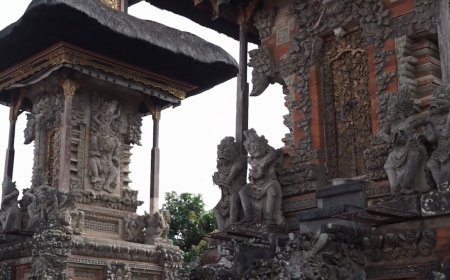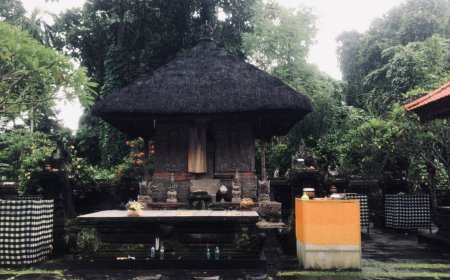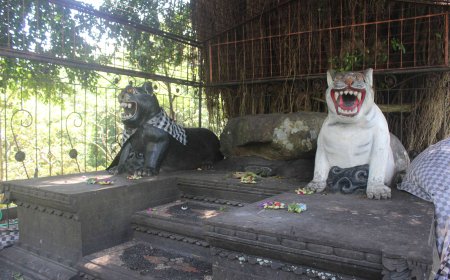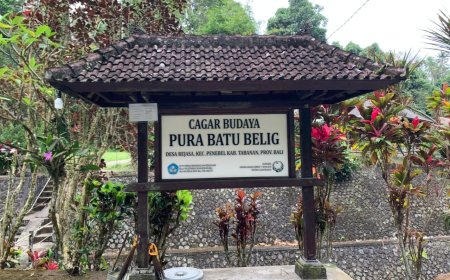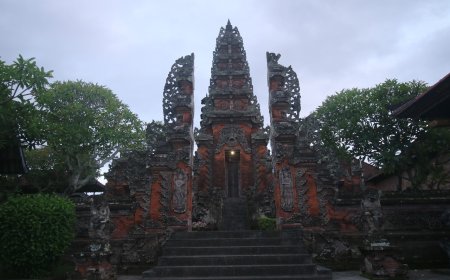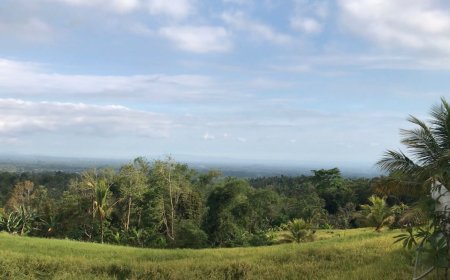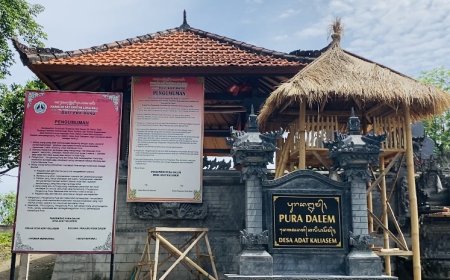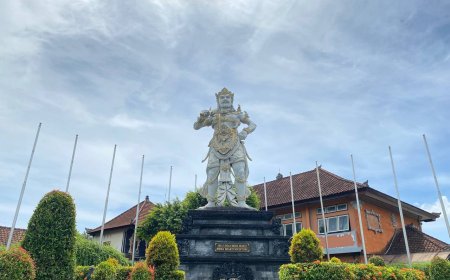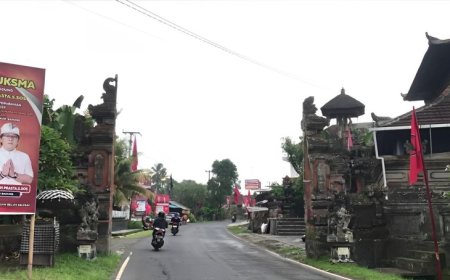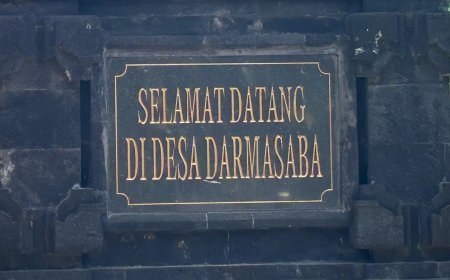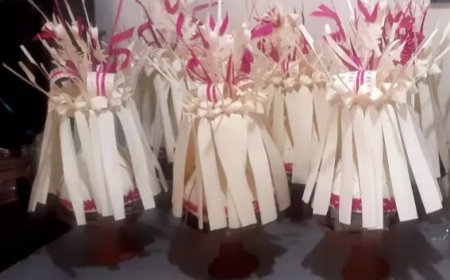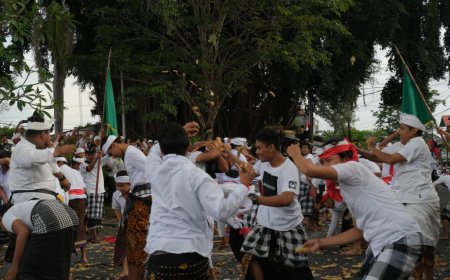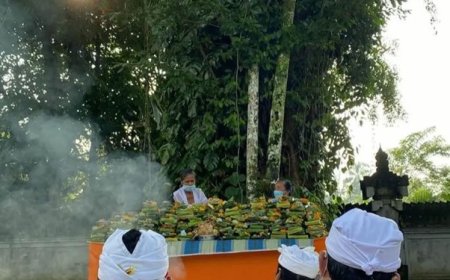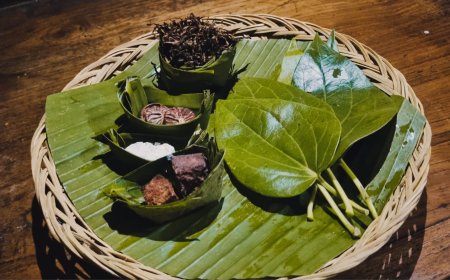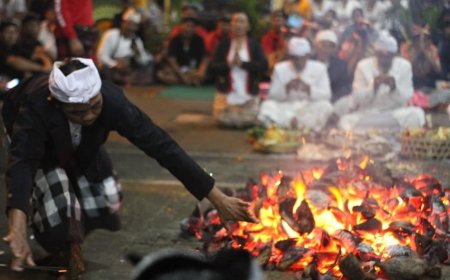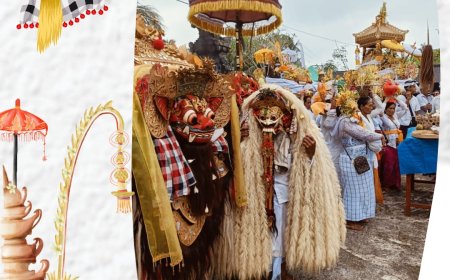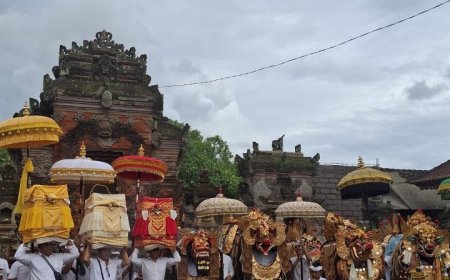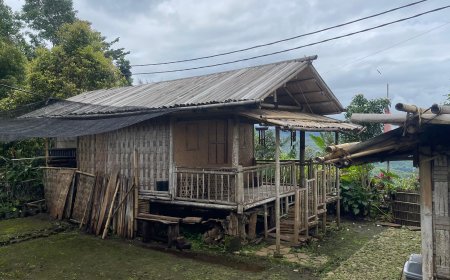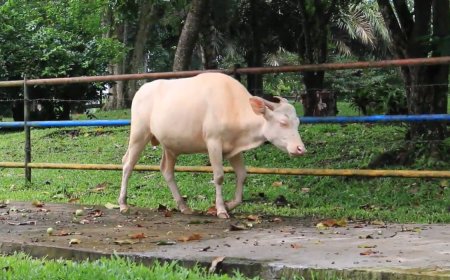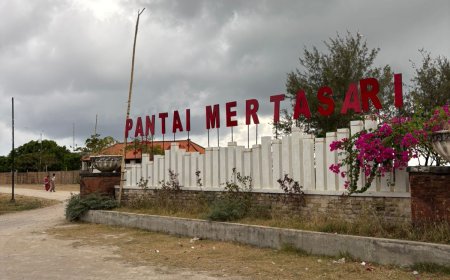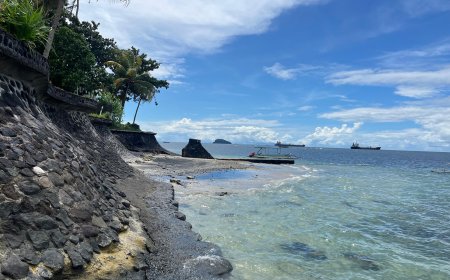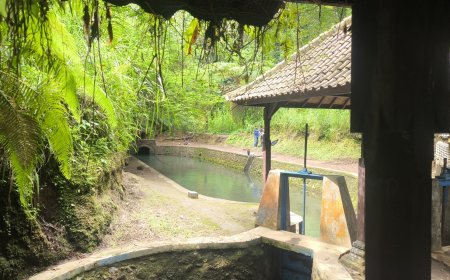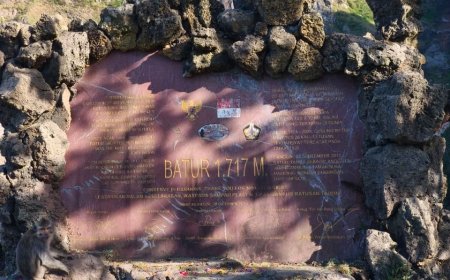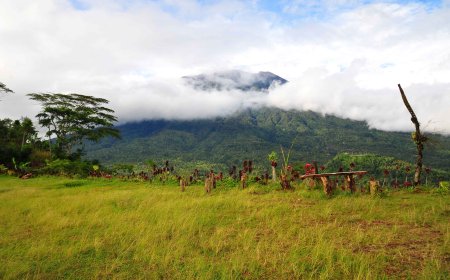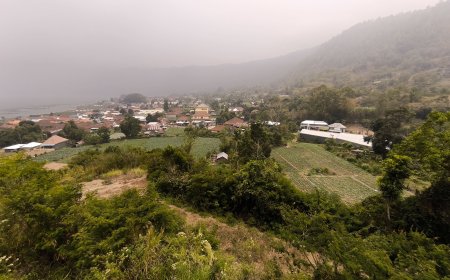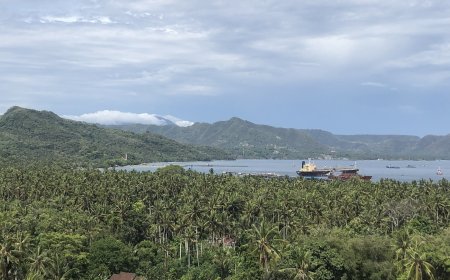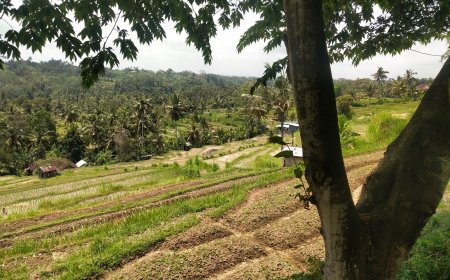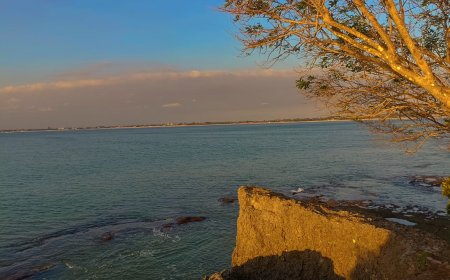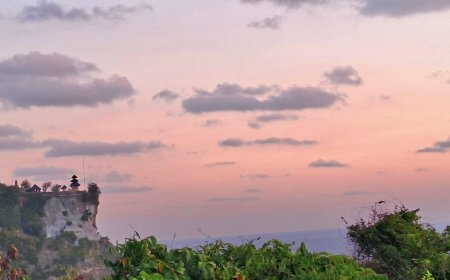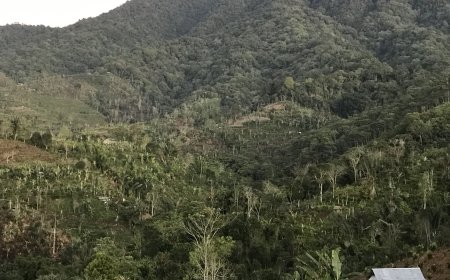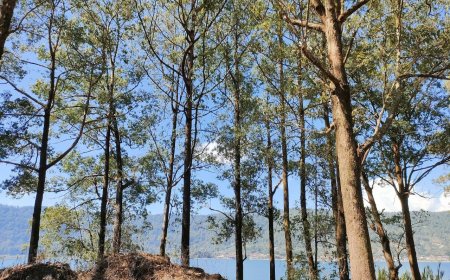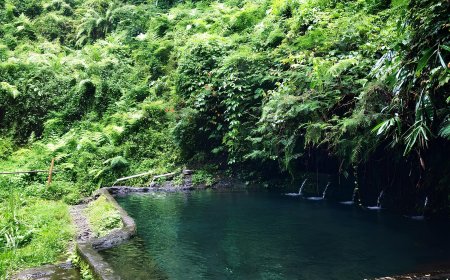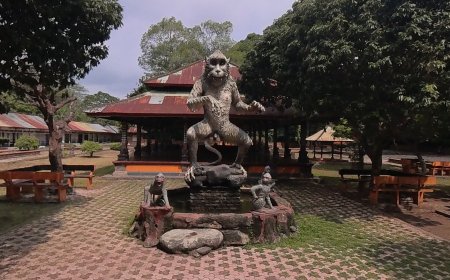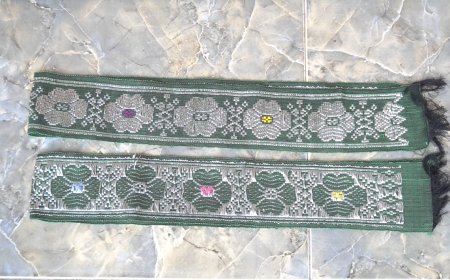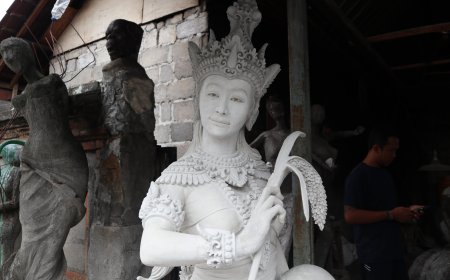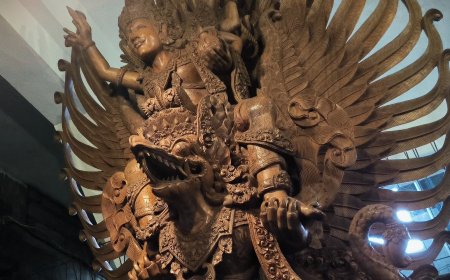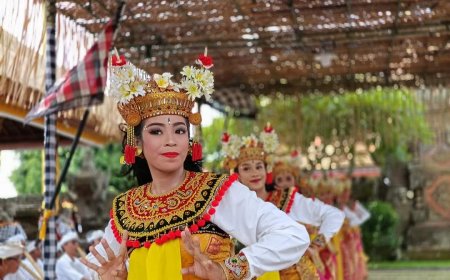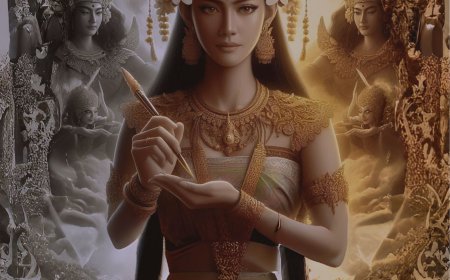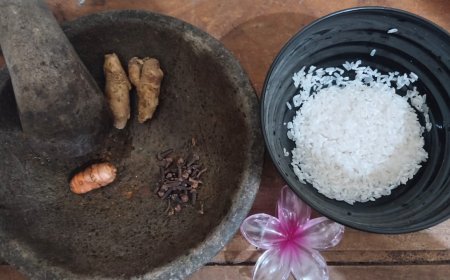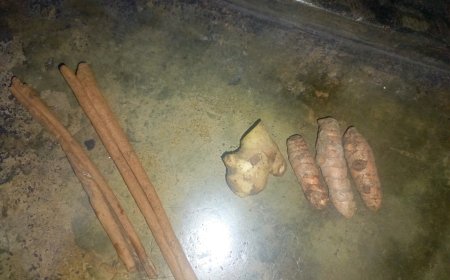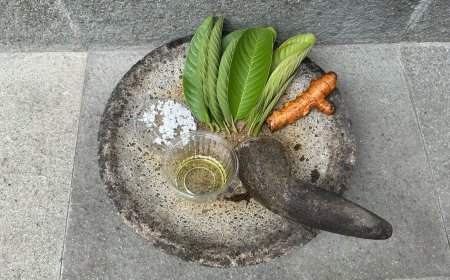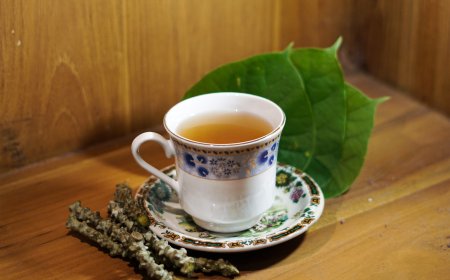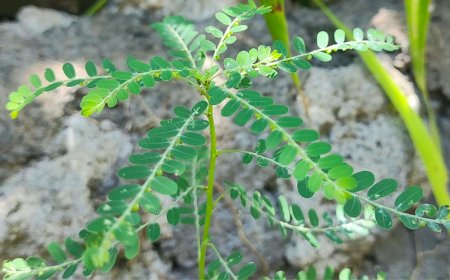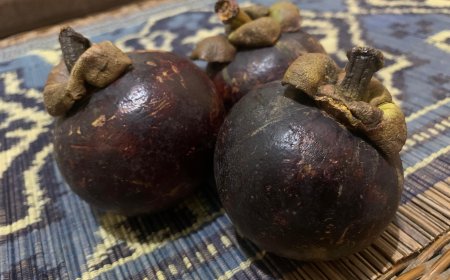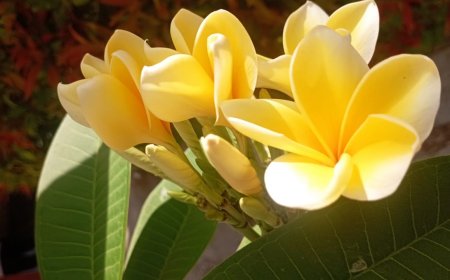Tuba Jenu Leaves: Traditional Medicinal Ingredient Trusted for Treating Tiwang Mang Disease
Traditional Balinese Medicine refers to the traditions, experiences, and inherited skills of the Balinese community, both those that have been documented and those that have been passed down orally through generations. These practices are applied in accordance with the prevailing norms in Balinese society. This article aims to examine traditional Balinese medicine, with a specific focus on the treatment of Tiwang Mang.
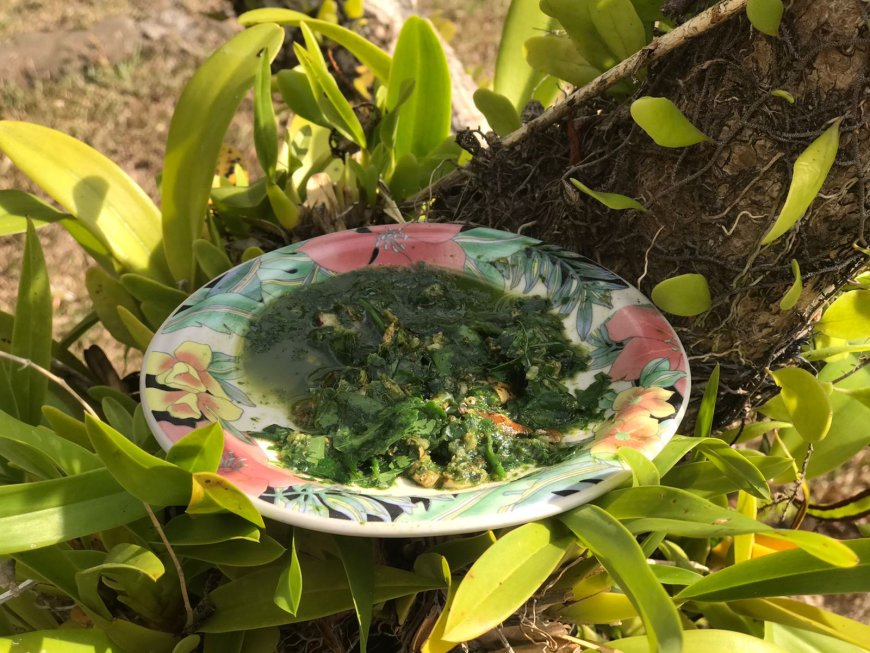
Diseases are not just biological symptoms; they also have significant social and cultural dimensions. Healing a disease isn't solely about addressing its biological aspects but also involves addressing the social and cultural aspects. In most societies, seeking medical help is not only due to the presence of pathogenic diseases but often stems from deeper functional disturbances within the body.
Traditional healthcare is a form of treatment or care, including remedies, based on generational empirical experiences and skills that can be justified and applied in accordance with the prevailing norms in society.Tiwang is one of the traditional diseases in Bali, and it manifests with discomfort, pain, anxiety, abnormal eye appearance, stiff muscles, and can even lead to fainting.
Different types of tiwang are characterized by the symptoms that appear, and one that we will discuss is Mang Tiwang. Tiwang Mang is a traditional Balinese disease with a unique symptom of the mouth being wide open and stiff. In its treatment, natural ingredients like tuba jenu and jangu leaves are used. The treatment involves grinding these ingredients into a paste and then applying it as a facial mask.
Traditional healing practices in Bali are typically performed by "balian," who have deep knowledge of traditional healing methods. This knowledge is acquired through various means, including familial inheritance, spiritual insight ("taksu"), "pica" (the process of transferring knowledge), direct learning or "nyastra," and others.
Traditional healing practices in Bali often involve the use of medicinal plants and mantras. Mantras, accompanied by tools and rituals to cleanse abstract elements, aim to protect patients psychologically and motivate their inner strength to ward off danger. Mantras play a crucial role in traditional healing as they imbue the tools or means used with supernatural power, as healing ultimately depends not only on medicinal substances but also on divine intervention.
This system of healing illustrates a complex interplay of knowledge, beliefs, and utilization, often referred to as the Corpus-Cosmos-Praxis complex. This complexity reflects that the practice of utilizing plants in healing is deeply rooted in Balinese culture and inseparable from daily life. It stems from the Bali culture's profound connection between its people and the environment.
In Balinese cosmology, the environment is divided into two categories: the tangible environment, called "sekala," and the intangible environment, known as "niskala". The sekala environment encompasses the social environment (society) and the physical environment (surrounding nature). In contrast, the niskala environment is the spiritual realm inhabited by supernatural or divine forces believed to have both positive and negative influences on human life. The interaction between the Balinese people and the spiritual environment (niskala) gives rise to the local religious system, often referred to as "Balinese religion". This system includes emotions or religious sentiments, conceptions of supernatural powers and beings, religious rituals, religious facilities, and religious communities.
This aligns with the traditional Balinese healthcare concept, which includes: (1) Individual health issues are believed to stem from an imbalance or disharmony between "bhuana alit" (the human body) and "bhuana agung" (the natural universe or environment), encompassing physical, mental, social, spiritual, and cultural aspects; (2) Humans possess the ability to adapt and self-heal (self-healing); (3) The approach to healing is holistic, natural, and aims to restore the balance between one's adaptive capacity and the causes of health issues.
The World Health Organization (WHO) also highlights three important characteristics of traditional healing that instill patient trust in these methods. First, it involves the belief that life is a unity of the body, emotions, thoughts, and spirit or soul, and health is the balance among these aspects within the human body and its environment. Diseases arise when there is an imbalance between the physical, emotional, mental, or spiritual dimensions. Second, traditional healing employs a holistic approach to diagnosis and treatment, looking at the whole body instead of focusing on individual body parts. Third, it is highly individualistic, meaning that treatment may vary from person to person even for the same disease.
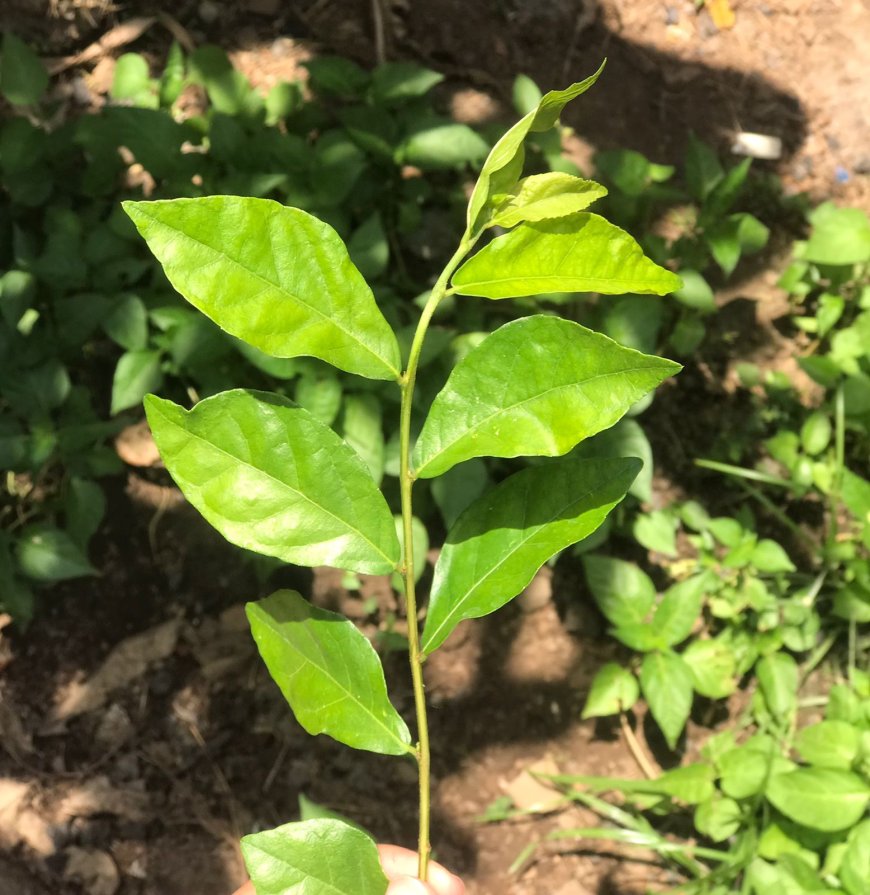
Tuba Jenu Leaves (Sumber Photo : Koleksi Redaksi)
Tuba is a plant that typically thrives in environments that are not overly dry, often found on the edges of forests and along riverbanks in tropical forests. The plant's morphology presents itself as a vine or climbing plant with stems that can reach lengths of 5-10 meters. Its stems are woody and have monopodial branches. The most utilized part of the plant is its roots because they contain rotenone (C23H22O6), which is an active compound used to combat plant pests and wild fish.
With this understanding, traditional healing is not just seen as a physical healing method but as an approach that embraces social, cultural, and spiritual aspects in maintaining individual health and well-being. This provides a comprehensive overview of how traditional healing practices in Bali play an indispensable role in society, preserving local wisdom and cultural values passed down through generations.
